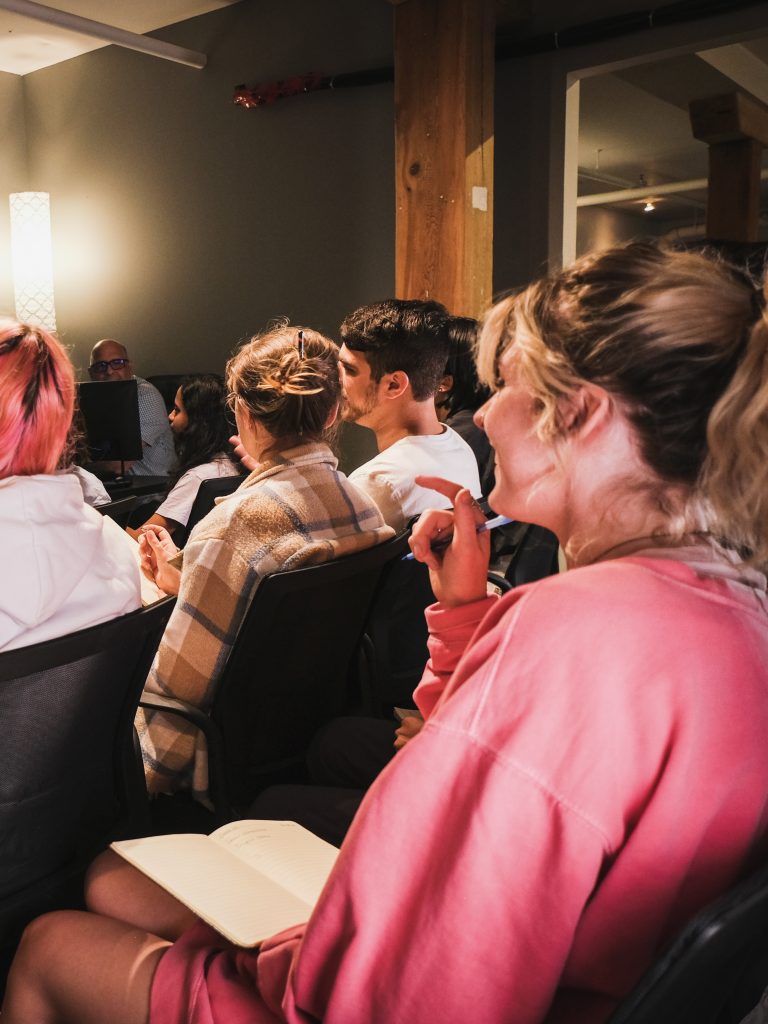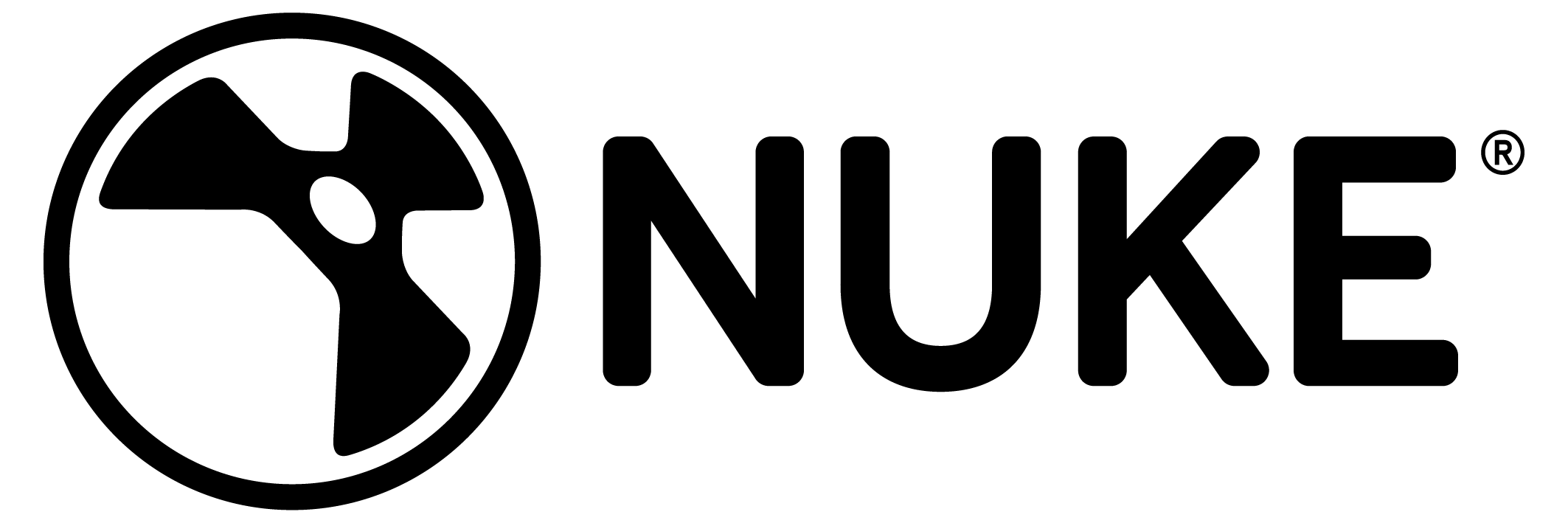

Compositing is a vital part of the process in creating visual effects (VFX) for movies, TV, and animated productions. The Compositor combines elements filmed during production with Computer Generated Imagery (CGI) created by other artists to blend them together seamlessly. Compositors also fix problems in the footage that occurred during filming, and find methods to enhance VFX shots to better match the director’s vision. All of the final pieces are assembled by Compositors, who can transform a shot into something spectacular that initially was not possible.
The Intermediate and Advanced Visual Effects Compositing programs offered only at Campus VFX are specifically designed and continuously updated to provide students with a broad variety of real-world compositing tasks to sharpen and prove their skills on a demo reel.

These are some of the core concepts that will be covered in our Intermediate VFX Compositing program using Foundry’s Nuke Software. Our curriculum evolves and adapts to fit Industry needs.
These are some of the core concepts that will be covered in our Advanced VFX Compositing program using Foundry’s Nuke Software. Our curriculum evolves and adapts to fit Industry needs.
VFX compositing instructor

Fortunato brings over 25 years of VFX production experience as an artist, supervisor and manager. He has over 100 feature film and television credits to his name on productions such as Mars Attacks (1996), Armageddon (1998), Mission Impossible (2000), Spider-Man (2002), The Hunger Games (2012), Oz: The Great and Powerful (2013), and Goosebumps (2015).
As a Compositing Lead and Industry Outreach Specialist working for one of the leading visual effects
schools in the world, he is able to parlay all of his skills as he continues to teach and mentor students
towards a long-lasting career in this fascinating industry.
As a board member of VES (Visual Effects Society) and Access VFX, Fortunato continues to be involved with the school outreach programs which are designed to expose students to the visual effects industry as a career option to all.
We believe that progress toward our mission can be measured by the profound impact our graduates have on the visual effects industry. Our alumni continue to engage and shape the world of entertainment. Through our project-based learning and the unique curriculum of each of our veteran instructors, our alumni have proven time and time again that Lost Boys produce extraordinary artists ready to start on the ground floor.
Fall and Spring – See application form for further details.
The following criteria provides a general idea of what we look for in the personal letter and portfolio that you must submit in the application process. It is important to note that the quality of these items are considered together with the general requirements needed to apply to Campus VFX.
In your personal letter, we want to know about you as a person and your feelings towards visual effects, movies, film-making, art, design, or technology. Also, illustrate to us your ability to work independently. What do you plan to accomplish by being part of Campus VFX?
In your portfolio, include 8-10 pieces of your best work in any visual medium that demonstrates your artistic proficiency. Caption each piece of work and tell us about your process, how you came about this work, and why it is significant.
Our Intermediate and Advanced VFX Compositing Programs continuously produce highly-sought out specialized artists which has given us an outstanding placement rate. To that extent, our tuition cost for this program is expertly calculated to both represent the quality of our program and the exclusive nature of what we offer here at Campus VFX. We are confident that the investment you make will be rewarding both in experience and to your clear future as a visual effects artist.